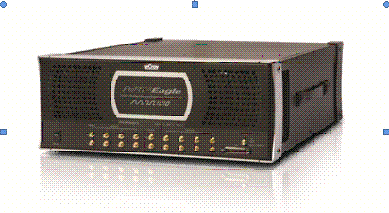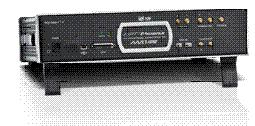
Understanding Bit Error Rate: A Comprehensive Guide
Bit error rate (BER) is a critical metric used to evaluate the quality of digital communication systems. It measures the number of bits that are received in error compared to the total number of bits transmitted. In this article, we will delve into the various aspects of BER, its significance, and how it affects the performance of communication systems.
What is Bit Error Rate?

Bit error rate is defined as the ratio of the number of erroneous bits to the total number of bits transmitted. It is typically expressed as a percentage or in logarithmic scale (in decibels). A lower BER indicates a higher quality of communication, while a higher BER suggests a degraded signal quality.
BER can be calculated using the following formula:
| BER | = | Number of Error Bits | / | Total Number of Bits Transmitted |
|---|
For example, if a communication system transmits 1,000,000 bits and 10,000 of those bits are received in error, the BER would be 1% (10,000/1,000,000 = 0.01 or 1%).
Significance of Bit Error Rate

BER plays a crucial role in determining the reliability and performance of digital communication systems. Here are some key reasons why BER is important:
-
Quality of Service (QoS): A lower BER ensures a higher quality of service, as it minimizes the number of errors in the transmitted data.
-
System Design: BER helps in designing communication systems that can handle a certain level of errors without significant degradation in performance.
-
Network Planning: BER is essential for planning and optimizing network resources, as it helps in identifying potential bottlenecks and areas requiring improvement.
-
Regulatory Compliance: Many regulatory bodies set specific BER requirements for communication systems, and meeting these requirements is crucial for compliance.
Factors Affecting Bit Error Rate

Several factors can influence the BER of a communication system. Some of the key factors include:
-
Noise: External noise, such as electromagnetic interference (EMI) and radio frequency interference (RFI), can introduce errors in the transmitted signal.
-
Signal Attenuation: As the signal travels through the medium, it can experience attenuation, which can lead to errors in the received signal.
-
Modulation Scheme: The modulation scheme used in the communication system can affect the BER. For example, higher-order modulation schemes can achieve higher data rates but may have a higher BER.
-
Error Correction Coding: The use of error correction coding techniques can help in reducing the BER by detecting and correcting errors in the received data.
Measuring Bit Error Rate
Several methods can be used to measure the BER of a communication system. Some common techniques include:
-
Bit Error Rate Test (BERT): BERT is a standard test used to measure the BER of a communication system. It involves generating a known test pattern and transmitting it through the system, then comparing the received pattern with the original pattern to determine the number of errors.
-
Signal-to-Noise Ratio (SNR) Measurement: SNR is a measure of the strength of the received signal relative to the noise. A higher SNR typically results in a lower BER.
-
Channel Simulation: Channel simulation involves modeling the communication channel and analyzing its performance under different conditions. This can help in predicting the BER of the system.
Conclusion
Bit error rate is a critical metric that helps in evaluating the quality and performance of digital communication systems. By understanding the factors affecting BER and implementing appropriate techniques to minimize errors, communication systems can achieve higher reliability and better overall performance.







